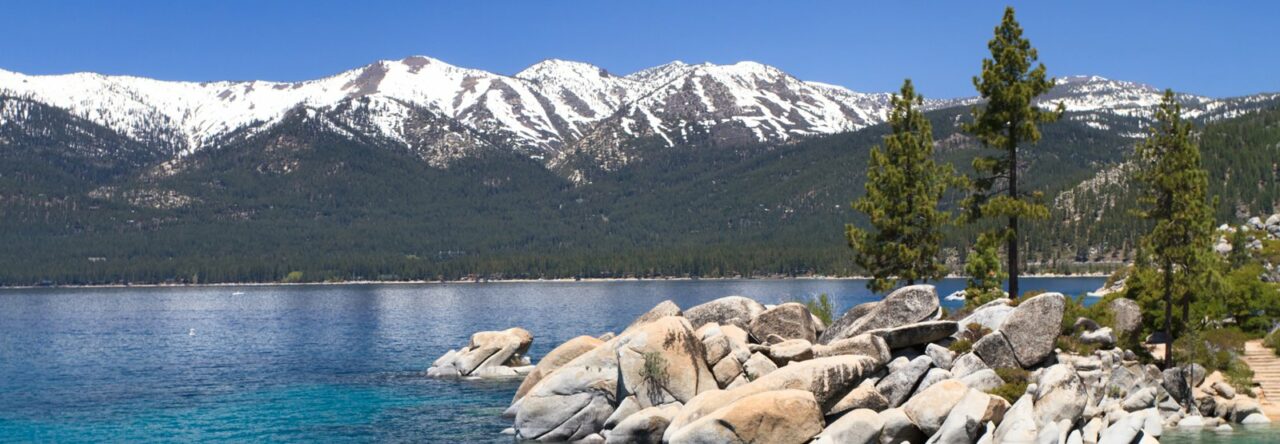We started off the morning riding bikes along the banks of the Mississippi River. It was sunny out, but quite cold.




As we travel down the Mississippi we learned of the Black Hawk War of 1832. Black Hawk was the leader of the Sauk. For the 100 years before 1832 the Sauk, Mesquakies, and Chikapoos had migrated back-and-forth across the Mississippi River. Each fall they moved west and north to hunt and every spring they returned to their homes along the river for planting.
A treaty in 1804 said that they could go back-and-forth across the Mississippi and used to land until white settlers began purchasing the land. In 1832 they moved east across the Mississippi and found their homes destroyed in their land claimed by the white settlers. This was not understandable to the Indians as they believed land was there to be used not to be claimed. Unfortunately without proper interpreters, there’s a lot of confusion and misunderstandings between what Native Americans thought they were giving away and or signing in these treaties.
U.S. officials convinced that they were hostile and put together a front line militia. Black Hawk’s company did not want war with the whites and began going north to return West. Unfortunately they could not cross the Mississippi anywhere, they had to cross in an area that was safe and they were familiar with. There we’re times they fought back but it was clear that they were way out numbered. At the end when they attempted to cross the river waving a white flag they were gunned down.
Of the 1000 Sauks who crossed the river from Iowa in April 1832 not more than 150 survived to tell the tragic story of the Black Hawk War.


We then drove down into Iowa. 13th State. And went to Effigy National Monument.



Who knew Iowa was so scandalous

Hi Harper ❤️ 🐶 🌈 🍦


At Effigy Mounds National Monument the Native Americans of the Woodland Culture buried their dead in “mounds” in the shape of something, often of bears and birds. Bears “die” each year and are reborn. Birds in the sky have freedom, dignity, and beauty.



